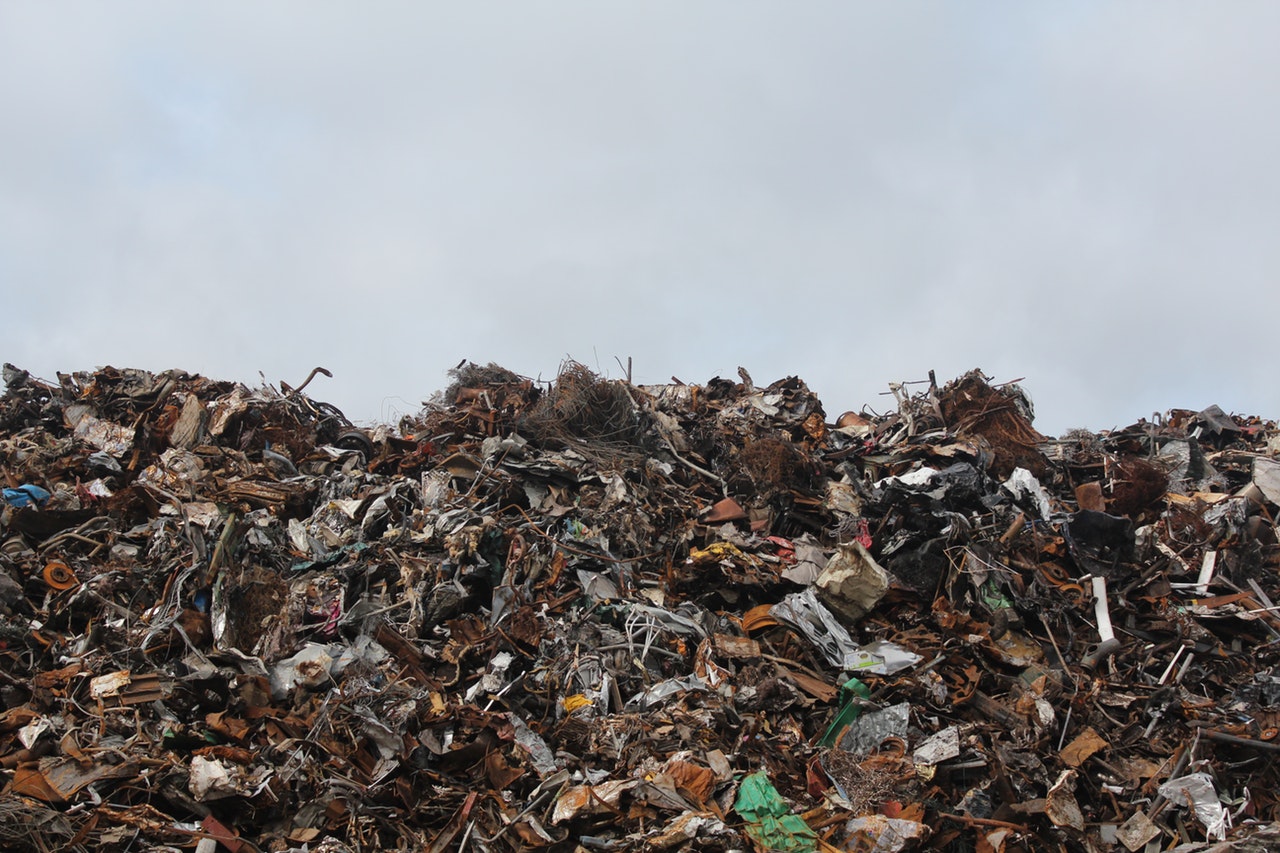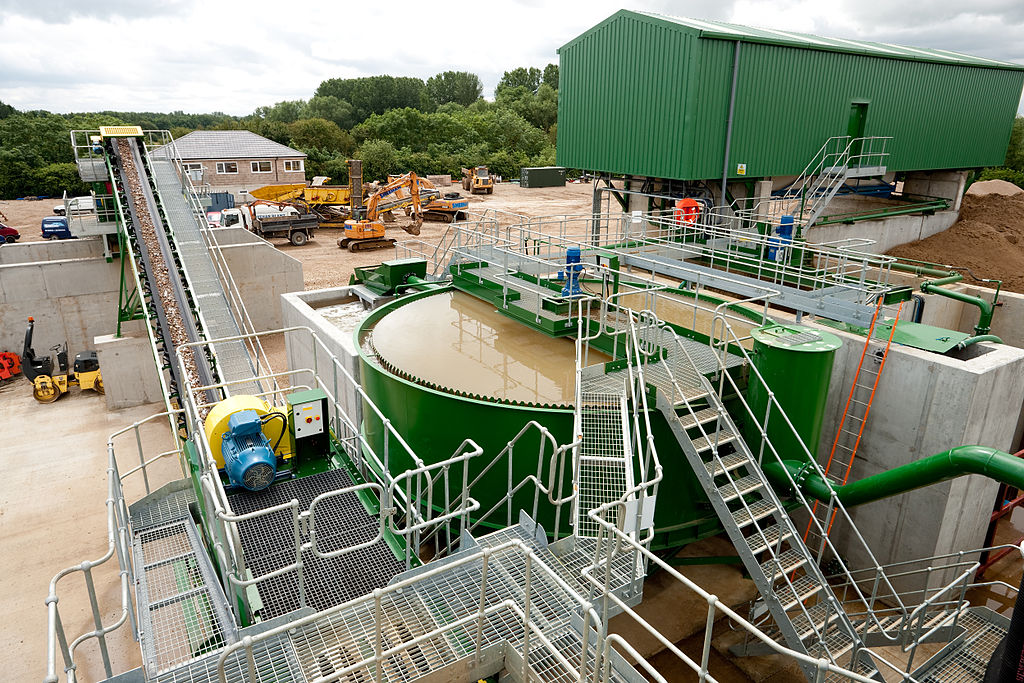Legislation altering landfills and garbage processing
New laws that limit organic waste disposal are changing the way businesses and communities take out the trash. These mandates aim to extend the lives of landfills and reduce methane emissions that come from the decomposition of organic waste.
IMS is tracking RFPs, RFQs, and Advance Notices for upcoming projects to reduce organic materials and food waste in landfills. With laws on the books in at least five states, and pending legislation in others, the A/E/C industry will be providing planning and engineering services for new infrastructure to meet mandatory organics recycling regulations.
The projects come in many forms. Planners will prepare rate studies, waste characterization studies, and feasibility analyses for organics processing facilities. Engineers will provide design services for composting and energy recovery facilities. And developers will be tasked with expanding anaerobic digestion/biogas technologies to create electricity.
The A/E/C industry has been working on similar projects for years, but today’s trend is born from a sense of urgency created by looming deadlines in the new waste disposal laws.
California law SB 1383, for example, calls for a phased approach, with a 75% reduction in organic waste disposal by 2025 to curb methane emissions and help meet greenhouse gas emission goals. Another state law requires businesses to recycle their organic waste (AB 1826). To meet those goals, “It is estimated that California will need to double the size of the current organics materials management infrastructure,” according to the Department of Resources Recycling and Recovery.

The City of Santa Monica in March 2018 released an RFI to help the City assess options for processing organic materials (IMS 420006). The RFI was an urgent call to action: “To reduce the landfilling of organics and meet state and local organic diversion goals, cities and counties now must plan for organics processing facilities that can process organics diverted from landfills.” In a related project for Santa Monica, IMS published an Advanced Notice in March 2018 for a feasibility rate study for organics processing (IMS 420374).
The Central Contra Costa Solid Waste Authority, citing the “magnitude of the SB 1383 requirements,” sought a consultant in 2017 to provide planning services (IMS 392942). The Authority requested outside assistance to help understand the specific requirements of the new law and to help envision additional programs and activities to meet the requirements of a “new and more ambitious organics reduction mandate.”
More states are considering major reductions or bans on organic waste in landfills.
In New York, the governor’s 2019 proposed budget calls for a commercial organics diversion mandate. And the governor’s Methane Reduction Plan targets organics recycling and landfill reductions, in addition to limits for oil and gas infrastructure and agriculture programs.
A few other states have already passed this type of legislation.
Massachusetts has a ban on large-scale commercial organic waste disposal, and its action plan to meet diversion goals includes financial assistance and land for the private development of organics management and anaerobic digestion facilities. “In order to achieve the Commonwealth’s overall solid waste management goals of reducing the waste we dispose of by 30% by 2020, a concerted effort must be made to recover these organics materials,” said the Department of Environmental Protection In the 2017 update of the Organics Study and Action Plan.
Vermont has a Universal Recycling Law, and food scraps are due to be banned from trash disposal by July 2020. “When food scraps end up in landfills, they release powerful methane gas that contribute to climate change. What’s the use of landfilling uneaten food when we can feed our neighbors, feed animals to produce local eggs and meat, or create rich soil and renewable energy products instead?” noted the Vermont Department of Environmental Conservation.
The intent of Connecticut’s Commercial Organics Recycling Law “is to provide an incentive and encourage developers of food residual recycling facilities to build in Connecticut thereby creating more opportunity for businesses to recycle food scrap,” according to the state Department of Energy and Environmental Protection.
According to the Institute for Self-Reliance, Rhode Island’s limited food waste ban “was done with the goal of prolonging the lifespan of the state’s central landfill, as well as the desire to foster a greener local economy based on harnessing the waste for biogas generation or valuable soil amendment.”
And so public agencies continue to seek engineering and environmental consultants for projects to manage, recover, and utilize organic waste.
At the end of March 2018, the City of Long Beach, Calif., issued an RFP for a Refuse Waste Characterization Study to document the amounts and types of materials in the refuse-bound waste stream that may be diverted through recycling and other diversion strategies (IMS 420601).
The City of Culver City, Calif., released an RFP in October 2017 for a comprehensive Solid Waste, Recycling, and Organics Waste Characterization Study (IMS 403905). The city noted that it needs to continually examine data that may impact the mandates set by the State.
In Ohio, the Medina County Solid Waste District issued an RFQ in September 2017 for a consultant to design, build, and operate a system to process and recover recyclables, as well as for the construction of solid waste transfer stations and organics recovery facilities (IMS 398449).

Multi-stage waste processing is a key component of many recycling plants (source: Peter Craven, CDEGlobal)
The City of New York, NY, issued an RFP in March 2017 for a consultant to prepare a blueprint for a “Save As You Throw” program with incentives for households to recycle residential waste and organics (IMS 377228).
In Utica, NY, the Oneida-Herkimer Solid Waste Authority sought assistance from developers for a Source-Separated Organics Processing Facility and a facility to utilize excess heat at the Regional Landfill site (IMS 386229 and 388395-1).
In Hawaii, IMS has been tracking an Advance Notice for a potential project in the County of Kauai for design services for a renewable natural gas facility that would recover methane from the Lihue landfill and from food waste at the wastewater plant (IMS 291338-6).
The City of Riverside, Calif., in mid-2017 sought a consultant to evaluate services and strategies for solid waste management and the provision of organic solid waste services to commercial customers (IMS 396396). One of the project goals is to help the City meet state mandates.
The Padre Dam Municipal Water District of San Diego County, Calif., issued an RFI for the co-development of a solids handling and energy recovery facility in October 2017. The District sought potential project partners to furnish and commit approximately 100-300 tons per day of organic waste through a long-term partnership for purposes of anaerobic digestion and energy recovery (IMS 401412).
These infrastructure projects and the market for organics recycling will grow as demands increase to keep leftovers out of landfills. It will grow with efforts to cut greenhouse gas emissions. And along the way, organics may fuel a larger and larger share of our energy production needs.